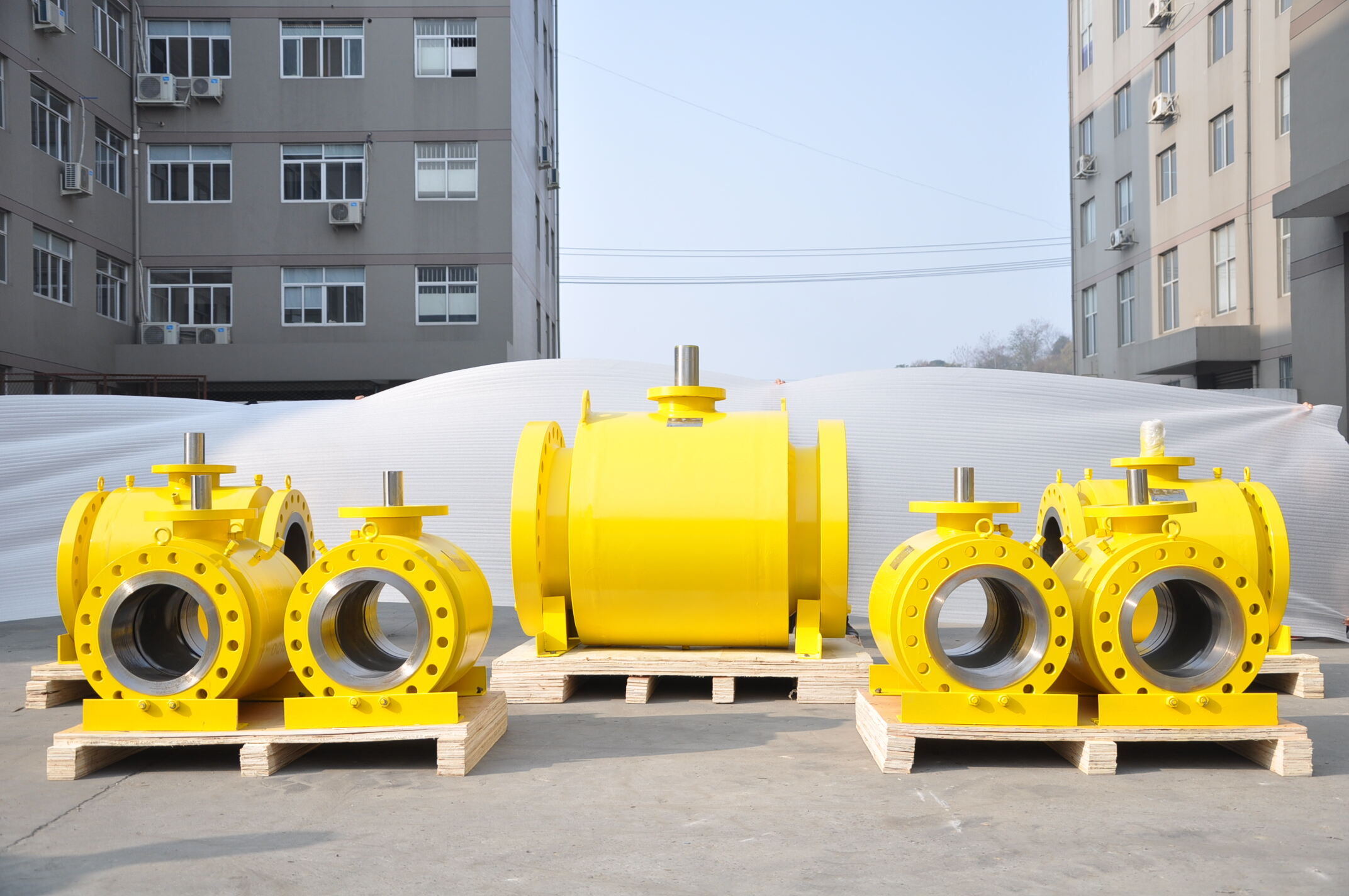safety relief valve sizing
Safety relief valve sizing is a critical engineering process that ensures proper protection of pressure vessels and systems from overpressure scenarios. This essential calculation determines the required flow capacity and dimensions of safety relief valves, which act as the last line of defense in preventing equipment damage and potential catastrophic failures. The process involves analyzing various parameters including system pressure, temperature, fluid properties, and required flow rates. Engineers must consider multiple factors such as set pressure, allowable overpressure, back pressure, and fluid characteristics to determine the optimal valve size. The sizing calculation follows international standards and codes, such as API 520 and ASME Section VIII, ensuring compliance with safety regulations. Modern safety relief valve sizing incorporates advanced computational methods and software tools that enable precise calculations for different fluid states and flow conditions. This technology has evolved to accommodate complex scenarios including two phase flow, high viscosity fluids, and various chemical compositions. The applications span across numerous industries, from oil and gas processing facilities to chemical plants, power generation stations, and pharmaceutical manufacturing units. The accuracy of these calculations directly impacts plant safety, operational efficiency, and regulatory compliance, making it a fundamental aspect of process safety management.
